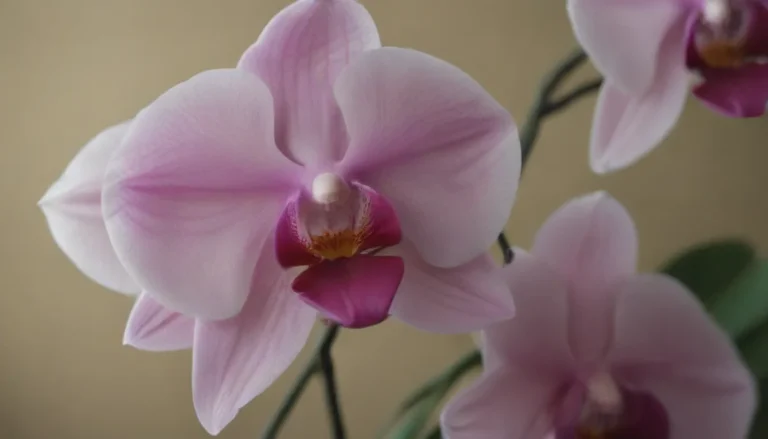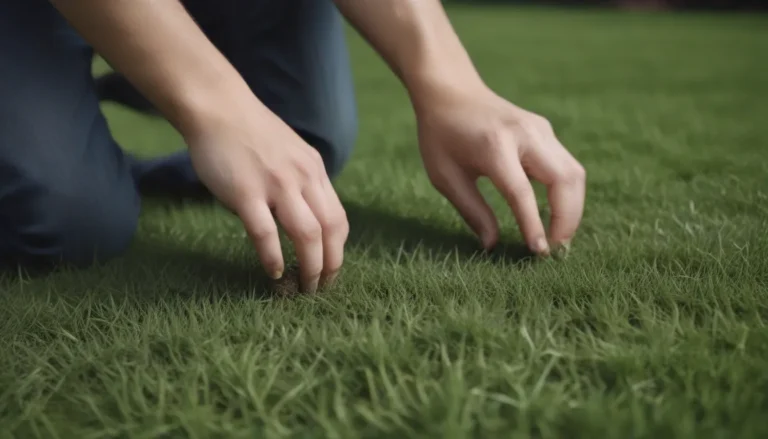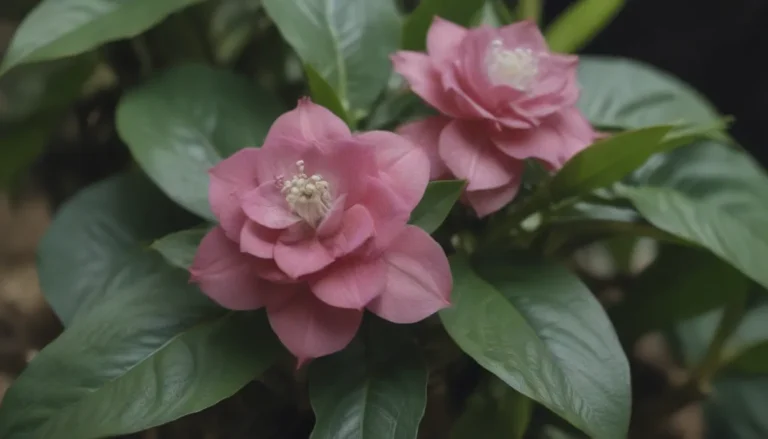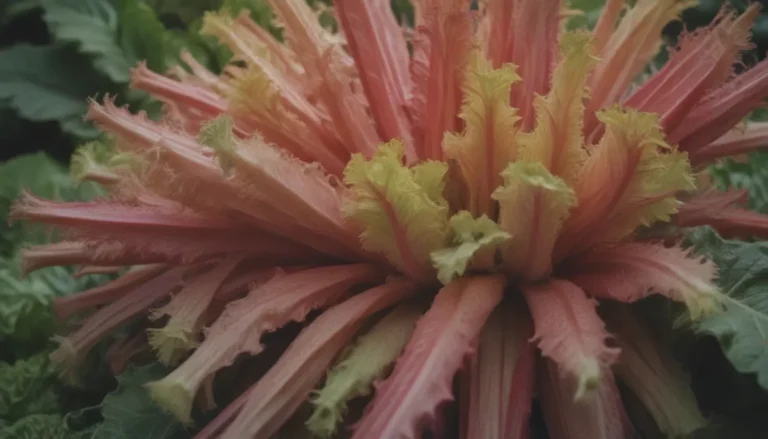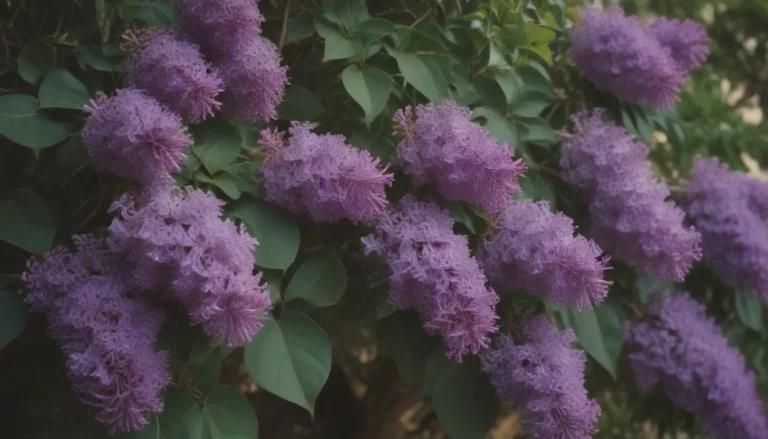Everything You Need to Know about Growing and Caring for Peperomia Rosso
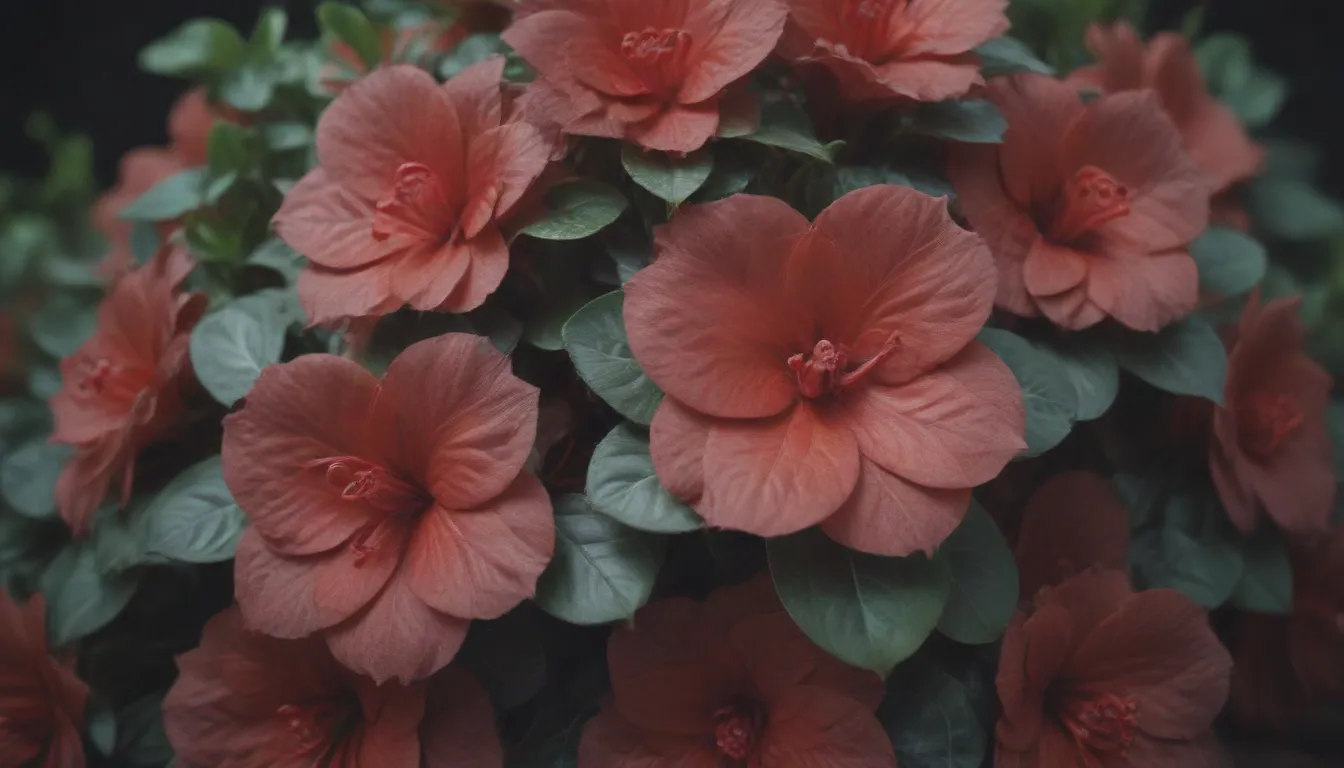
If you’re looking for a vibrant and easy-to-care-for plant to add to your indoor or outdoor garden, look no further than the Peperomia Rosso. This compact plant, also known as Peperomia caperata ‘Rosso,’ is beloved for its textured, colorful leaves that will surely add a pop of color to any space.
Introduction to Peperomia Rosso
Peperomia Rosso features fleshy, almost succulent foliage that is silver with green veining on the top and deep red on the underside. This beautiful plant is not only aesthetically pleasing but also quite easy to grow and maintain with the right care.
Growing Conditions for Peperomia Rosso
Before you bring home a Peperomia Rosso plant, it’s important to understand its specific growing requirements to ensure it thrives in your care. Here are some key factors to consider when growing and caring for Peperomia Rosso:
Light
Peperomia Rosso thrives best in bright, indirect light. While it can tolerate medium indirect light, it’s essential to avoid placing this plant in a low-light area. Direct sunlight can burn the leaves and damage the plant, so it’s best to position it in a spot with filtered light or use a sheer curtain to diffuse direct sunlight.
Soil
When it comes to soil, Peperomia Rosso prefers a loose, well-drained potting mix that retains moisture. You can opt for a standard houseplant potting mix or create your own blend by mixing equal parts perlite with peat moss or coconut coir.
Watering
To keep your Peperomia Rosso happy and healthy, water it when the top half of the soil in its container has dried out. Avoid letting the soil completely dry out and ensure the water drains fully out of the pot’s bottom holes to prevent root rot. Overly wet and soggy soil can be detrimental to the plant’s health.
Temperature and Humidity
As a tropical plant, Peperomia Rosso thrives in warm, humid conditions. Aim to maintain temperatures between 65 and 80 degrees Fahrenheit with around 50 percent humidity to keep your plant thriving.
Fertilizer
During the active growth period in spring and summer, feed your Peperomia Rosso with a balanced liquid houseplant fertilizer diluted to half strength. Cease fertilization in the fall and winter months and resume when you notice new growth in spring.
Pruning and Propagating Peperomia Rosso
Pruning
Peperomia Rosso generally does not require regular pruning. However, if you notice the plant becoming leggy, you can trim off dead or dying leaves using clean, sharp scissors or pruners. For shaping purposes, prune sparingly in the spring and save healthy leaves for propagation.
Propagating
Propagation of Peperomia Rosso is a breeze! You can easily propagate this plant by rooting stem cuttings in water during the spring and summer months. All you need is a small glass or jar, water, and sharp scissors to get started.
Potting and Repotting Peperomia Rosso
It’s essential to repot your Peperomia Rosso every two to three years or when you notice roots emerging from the pot’s drainage holes. When repotting, increase the pot size by one size and use a fresh potting mix. Whether you opt for a plastic, glazed ceramic, or terracotta pot, ensure it has proper drainage holes to prevent waterlogging.
Common Pests, Diseases, and Blooming Tips for Peperomia Rosso
Pests and Diseases
Peperomia Rosso may be susceptible to common houseplant pests such as mealybugs, thrips, fungus gnats, and scale. While not prone to diseases, be on the lookout for symptoms of ring spot virus and root rot caused by soil-borne pathogens in overly wet conditions.
Blooming Tips
While Peperomia Rosso is primarily cherished for its vibrant foliage, it also produces subtle flower spikes that enhance its beauty. To encourage blooming, provide ideal growing conditions, adequate water, and fertilizer. The plant typically blooms in the spring and summer months, adding a touch of color and texture to your space.
Troubleshooting Common Problems with Peperomia Rosso
Yellowing Leaves
Yellowing leaves are often a sign of overwatering. Allow the soil to dry out completely before watering again and monitor soil moisture levels regularly.
Curling Leaves
On the flip side, curling, dull leaves may indicate underwatering. Give your Peperomia Rosso a deep watering and ensure the soil remains moist but not waterlogged.
Leaf Drop
If your plant’s leaves start falling off and become dry and crispy, it’s a sign of severe water deficiency. Remove affected leaves, water the plant generously, and maintain consistent soil moisture to revive it. To increase humidity levels, you can create a mini greenhouse effect by tenting a clear plastic bag around the pot for short intervals daily.
With the proper care and attention, Peperomia Rosso is a low-maintenance plant that will reward you with its striking appearance and easy-going nature. Remember to water your plant when the top half of the soil has dried out, and provide it with the optimal growing conditions outlined in this guide. With a little love and care, your Peperomia Rosso will thrive and beautify your living space effortlessly.
